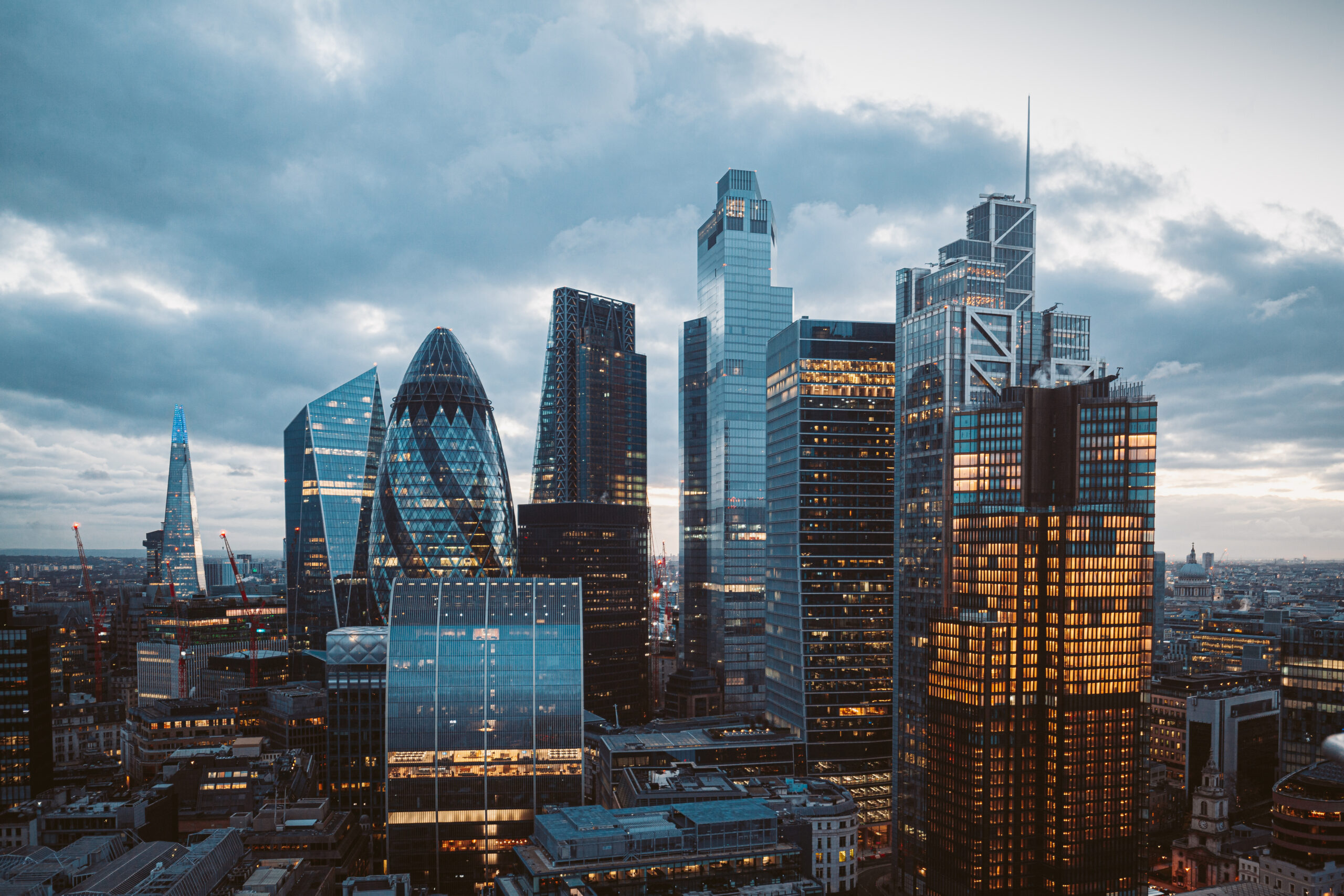
What is Cementitious Fireproofing?
Cementitious coatings are typically applied to steel surfaces to protect them from fire damage. The coatings are made using cement or gypsum, which creates a durable surface when it becomes wet, making it highly fire-resistant.
Each coating is added layer by layer, which increases its fire resistance by creating a physical barrier that slows down the rate of heat transfer if a fire occurs. Read on to find out more about cementitious fireproofing, why it is important and which kinds you should opt for in order to protect your property.
Why is fireproofing important in commercial settings?
Passive fire protection is a key safety procedure that you need to have in place, especially in a commercial setting. It aims to slow down the spread of flames throughout the building and can help to contain a fire to minimise damage. Keeping the flames under control also means that there is more time for everybody inside to escape the building safely.
Even if a significant amount of damage is done to the property, these fireproofing precautions could be the difference between life and death.
What is cementitious fireproofing used on?
You can use cementitious spray fireproofing techniques on many materials as part of your building safety precautions. Cementitious fireproofing spray is most commonly used on structural steel, including elements like columns, beams and joists, but it can also be used to protect wooden structures, such as floors and staircases, as well as concrete and masonry surfaces.
Suitable for a variety of conditions, the type of fireproofing you should use depends on temperature, moisture levels and other factors, so it’s important to consider this carefully before you start fireproofing.
What is the difference between cementitious fireproofing and intumescent fireproofing?
The two most common types of fireproofing that you are likely to come across are cementitious fireproofing and intumescent fireproofing. Cementitious is the traditional kind of coating, while intumescent is an alternative option. The main difference is that when exposed to heat from fire, intumescent fireproofing swells while cementitious fireproofing remains as it is.
Cementitious fireproofing protects metal from fire, as well as oxidation and other threats, but can’t be used in areas of high moisture. Intumescent fireproofing physically puffs up to protect the surfaces it coats, but it’s more expensive and requires specialist application.
Standard-density cementitious fireproofing
Standard-density fireproofing is the ideal option for areas that are not likely to come into contact with particularly harsh conditions or weather. It’s a good choice if you’re on a budget and can be applied fairly quickly. It is also easier to deliver across job sites.
Medium-density cementitious fireproofing
Medium-density fireproofing is more durable than other types and has a minimum density of 22PCF. This is a good option if you need to protect materials in a taller building as it can be used on buildings more than 75ft high and still be code compliant. It’s also appropriate for use in areas with high moisture levels. It’s commonly used in areas like car parks or mechanical rooms and is fairly easy to install.
High-density cementitious fireproofing
When it comes to industrial proofing, high-density fireproofing is the best option. It can be made with a density of around 40 PCF and is very hard and durable, which means it can resist most damage. It can be used in high moisture areas and those which are exposed to harsh weather conditions. It can even be used in areas where freezing and thawing occur repeatedly.
For more information on the types of fireproofing and which is best for you, make sure to get in touch with our team at Ark Fire Protection. We’re always happy to answer any queries you have.
Get in touch to learn how we can help with your next fire protection project
Join over 1,000 UK businesses who have already had Fire Protection installed by Ark Fire Protection.




